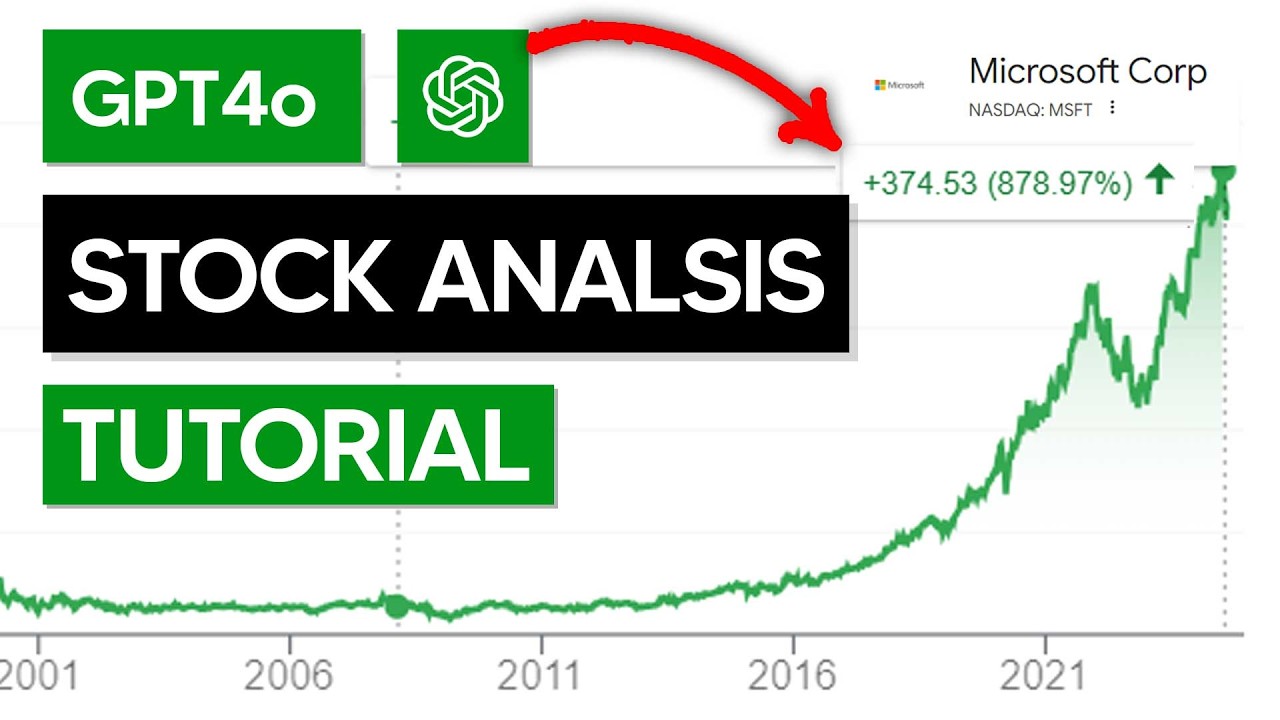20 Pro Ideas For Deciding On Ai For Investing Websites
20 Pro Ideas For Deciding On Ai For Investing Websites
Blog Article
Top 10 Ways To Assess The Market Coverage Offered By Ai-Powered Stock Predicting/Analyzing Platforms
Market coverage plays an important aspect in evaluating an AI platforms for analyzing and predicting stocks, as this affects your access to a wide range of assets and financial markets. Market coverage is crucial because it permits you to diversify your portfolio, learn about global markets, and adapt to different strategies for trading. These are the top ten tips to evaluate the market coverage of these platforms.
1. Evaluate Supported Asset Classes
Stocks: Make sure your platform supports major stock exchanges like NYSE, NASDAQ LSE and HKEX, and that it includes mid, small and large-cap stocks.
ETFs: Verify that the ETF platform you are using offers an array of ETFs to give you a variety of exposure to different topics, sectors, and regions.
Futures and options. Make sure the platform is compatible with derivatives, such as futures contracts, options and leveraged instruments.
Forex and commodities. See if there are forex pairs that are available, in addition to precious metals, energy commodities, and agricultural commodities.
Cryptocurrencies. Verify if the currency supports all major cryptocurrencies and altcoins (e.g. Bitcoin, Ethereum).
2. Check the Coverage Area
Global markets - Check that the platform has the capacity to cover all major markets around the globe which includes North America (including copyright), Europe, Asia-Pacific markets as well as emerging ones.
Regional focus Make sure that the platform is specialized in certain regions or markets which coincide with your trading interests.
Local exchanges. Check whether the platform can support exchanges local or regional for your area.
3. Assess Real-Time and. Delayed Data
Real-time Market Data: The platform should offer real-time trading information to facilitate quick decision-making.
Delayed data - Find out if delayed data is available for free or is available at a reduced price. This may be sufficient for investors looking to invest over the long-term.
Latency of data. Check if the platform reduces the delay for feeds of information that are real-time particularly for high-frequency trading.
4. Evaluation of Historical Data
The breadth and depth of historical data: Ensure that the platform has ample historical data (e.g. for at minimum 10 years) for backtesting.
Granularity: Find out if the data contains intraday, daily weekly, monthly, and daily the granularity.
Corporate actions: Examine to see if data is reported prior to. Dividends, stock splits, and any other corporate actions must be included.
5. Verify Market Depth and Order Book Information
Level 2 data: Make sure that the platform has Level 2 data to aid in price discovery and for better execution.
Be sure to check for live bidding and spreads of asking. This will help ensure that the price is correct.
Volume data: Check if your platform provides detailed volume data to analyze market liquidity and market activity.
6. Review the coverage of Indices Sectors
Major indices: Ensure that the platform contains major indices for benchmarking, index-based strategies, as well as other purposes (e.g. S&P 500, NASDAQ 100, FTSE 100).
Data from specific sectors to perform a targeted analysis, you should verify whether the platform contains data for certain sectors (e.g. technology, health care technology).
Customized indexes. Make sure the platform can track or create custom indices that satisfy your requirements.
7. Evaluation of the integration with Sentiment and News data
News feeds - Ensure the platform integrates live news feeds with market-moving news from trusted (e.g. Bloomberg or Reuters) sources.
Sentiment analysis: Find out if the platform includes tools for analyzing sentiment based on news, social media, or other data sources.
Strategies that are based on events (e.g. earnings announcements or economic reports) Verify if your platform supports trading strategies that rely on events.
8. Check for Multi Market Trading Capabilities
Cross-market trading: Make sure that the platform supports trading across asset and market categories through a single interface.
Currency conversion: Check whether the platform allows multi-currency trading and automated conversion of currencies to facilitate international trading.
Make sure you have support for time zones.
9. Evaluate the coverage of other data Sources
Alternative data: Determine whether the platform is able to integrate different data sources (e.g. satellite imagery credit card transactions) for unique insights.
ESG data - Make sure that the platform provides environmental, governance, and social data (ESG). This is important for the socially conscious investment.
Macroeconomics data: for a more basic analysis, ensure that the platform is stocked with macroeconomic indicators, such as GDP (gross domestic product), inflation rates and interest rates.
Review Market Reputation and User Recommendations
Feedback from users: Read user feedback to evaluate the reliability of the platform and market coverage.
Check the reputation of the platform in terms of its coverage and awards.
Case studies: Check for case studies, testimonials and other details that highlight the platform's performance on certain assets or markets.
Bonus Tips
Trial period - You can use the free demo or trial to test out the coverage of data and market coverage.
API access: Verify whether the platform's API allows accessing market data in a programmatic manner for customised analysis.
Support for customers: Make sure the platform provides support for market-related queries or data issues.
Utilizing these guidelines you can precisely assess the coverage of an AI analysis and stock prediction platforms. It is then possible to select an investment platform that provides you the markets and the data you require for successful trades. A broad market coverage allows investors to diversify their portfolios, explore new possibilities, and adjust to changing market conditions. See the top rated ai trading tools for website info including stock market software, chart ai for trading, chart ai for trading, stock market software, ai investing app, ai trade, ai stocks to invest in, canadian ai stocks, canadian ai stocks, trading ai and more.
Top 10 Things To Consider When Evaluating The Ai Trading Platforms' Educational Resources
Reviewing the educational tools offered by AI-powered stock prediction and trading platforms is essential for traders to know how to make the most of the platform, analyze the results and make informed trading choices. Here are the 10 best tips to determine the usefulness and the quality of these educational resources.
1. The most comprehensive tutorials and guides
TIP: Find out if the platform offers simple tutorials or user guides for beginners and advanced users.
Why: Clear instructions help users navigate through the platform and grasp its features.
2. Video Demos and Webinars
You can also look for webinars, live training sessions or video demonstrations.
Why: Visual and Interactive content can help you understand difficult concepts.
3. Glossary
Tip - Make sure that the platform has a glossary and/or definitions for the most important AI and finance terms.
Why: This helps users, particularly beginners, understand the terminology used in the platform.
4. Case Studies and Real-World Examples
Tip: Check if there are case studies or examples of the AI models that are being utilized in real world scenarios.
Why? Practical examples help users understand the platform as well as its applications.
5. Interactive Learning Tools
Check out interactive tools like questions, sandboxes, simulators.
Why are they useful? Interactive tools allow users to practice and test their skills without risking cash.
6. Regularly updated content
Be aware of whether the educational materials are updated regularly to keep up with developments in the market, developments in technology or regulatory changes.
Reason: Misleading or out of date information can cause misunderstandings, and possibly incorrect use of the platform.
7. Community Forums and Support
Look for active communities forums or support groups that enable users to share ideas and insights.
The reason Expert advice and support from peers helps improve learning and resolve issues.
8. Programs of Accreditation or Certification
Check if it offers approved or accredited courses.
Why Recognizing formal learning improves credibility and motivate learners to expand their knowledge.
9. Accessibility and user-friendliness
Tips: Consider the ease of access and user-friendly the educational resources are (e.g. mobile-friendly, downloadable PDFs).
Reason: The ease of access allows users to learn at their own pace.
10. Feedback Mechanism for Educational Content
Verify if the platform permits users to provide comments on the material.
What is the reason: Feedback from users helps increase the value and quality of the materials.
Bonus Tip: Study in various formats
Ensure the platform offers different types of learning (e.g., audio, video, text) to meet the needs of various learning styles.
You can evaluate these elements to decide if the AI trading and stock prediction platform provides high-quality educational materials that allows you to make the most of its potential and make well-informed trading decisions. View the most popular recommended site for trading ai bot for more advice including best ai etf, trading ai bot, ai stock picks, ai trading bot, ai trade, ai stocks to invest in, incite ai, ai stock trading, incite, ai for investing and more.